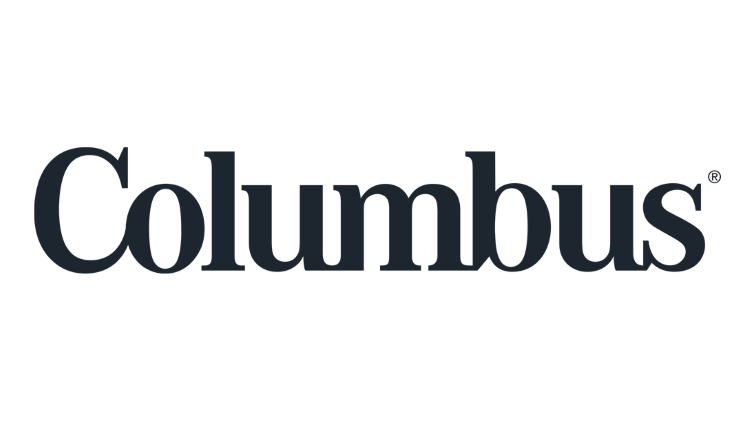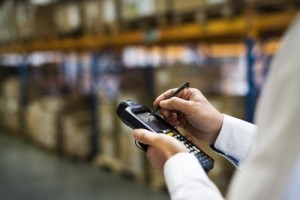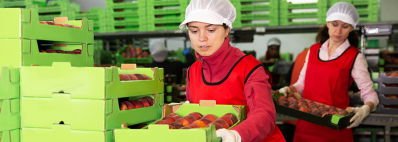Promotional Features
How visible are your food manufacture operations?
Keeping customers satisfied is everything – the mantra for all industries. For the food and drink sector, this means being able to work with the highest-quality ingredients, often sourced from all over the world. However, that means food businesses have to maintain complex supply chains, which must be robust and efficient if they are going to consistently meet and exceed customer expectations.
These supply chains also need to be flexible, with the ability to make changes when required and sometimes at short notice in the case of unforeseeable, uncontrollable events, such as downtime and natural disasters. Take the recent Covid-19 pandemic, for example, which has only served to highlight the importance of business agility.
And this is where ensuring full operational visibility comes into play.
What does full visibility look like for the food industry?
According to Lee Walker, business consultant at Columbus UK, there’s a lot riding on the word ‘visibility’. He recommends taking a ‘fundamentals first’ approach because it’s no longer enough to only know where your business is and where you want it to go.
“Things are changing so fast that we have no idea what the next turn might be,” he says. “It might be better for businesses to have a complete understanding of where they are as a foundation to any further improvements. And don’t worry if you don’t already know what that improvement has to be.”
As a result, visibility now boils down to three main factors:
* Access
In other words, can you see your stock? For many businesses, if they are ever struggling to figure out how much stock they have, the fall-back is to physically go and see what’s in.
The problem with this is if your offices and warehouses have to close, for whatever reason, and you’re all having to work from home. Considering how much of an impact Covid-19 has had on the world, it seems the fall-back option is becoming less and less viable, going forwards.
Accuracy
So, you have access to the information you need. But how accurate is it? It’s no use being able to access information if it’s outdated or incorrect.
You need to be able to access real-time information.
Focus
It’s great if you can access accurate information. But which bit is the most important? What should you be looking at?
The faster you can focus on what you need to, the faster you can act on it.
The role of visibility in overcoming industry challenges
The more visibility you have of your supply chain, the better – especially if you want to be proactive not reactive. However, physical methods of data collection and entry (such as paper) become an increasingly arduous task as your business and supply chain grow.
Let’s view this in the light of some common industry challenges.
For example, to ensure food safety and reduce the risk of product recalls, you need an efficient allergen management process. But how can you facilitate this if you’re rifling through multiple sheets of paper and various versions of different spreadsheets just to keep an eye on which allergens are used in your products?
While we’re on the topic of recalls, did you know that they can cost food companies up to US$7.8 million in direct costs alone? So the greater the traceability and visibility in your supply chain, the more easily you can see what products come in at which point and the quicker you can react in the case of potential failures.
Consider how long it might take you to act if you are reliant on paper and spreadsheets. Would you even notice there was a potential issue until it became a real problem, for example?
Walker says: “People need to be able to access that information and know that what they can see in front of them must be what’s happening right now. Then they need to understand which point they have to address.”
How quickly is the industry switching to non-paper solutions to boost their visibility?
Despite there being a natural and gradual switch from paper to non-paper, it’s a slow process, as there’s some resistance, mostly due to a reluctance to embrace change.
However, Covid-19 has accelerated the need for change and has made a clear distinction between the businesses that have thrived throughout this unprecedented time and those that have struggled.
Walker reckons the pandemic won’t have been much of a problem for those businesses that have already adopted non-paper solutions. “They sent people home and they were able to just pick up and carry on what they were doing before,” he says. “But the businesses that hadn’t already done that will likely be feeling some pain throughout all of this.”
Moving into a digital future
With the food industry clearly needing to start relying on less manual work for the best chances of success in this new world, here are five steps to help companies move to a more digitalised future.
1. Understand your current processes
Start by mapping out and understanding what you currently have in place – from the systems you use to your specific processes of data capture. Then, evaluate what you need and what you don’t.
2. Identify what information you still need
After you’ve evaluated your current processes, think about which pieces of information you still need and how they can be captured. It’s important to get that capture as close to reality as possible.
“If you need to capture some output, you don’t want somebody punching that in a system two days later,” advises Walker. “If you want to digitally transform that capture process, then you need to bring the digital to the process.”
3. Get your team’s buy-in
You need to get your team onboard before you make any sort of strategic business change. When transitioning from a manual process to a digital one, your people need to be on-side to achieve the best results.
And ‘team’ means your everyday users as well as your managers. “Bring your people with you and get them to help you, because they’re the ones who are really at the coal face,” says Walker.
After all, your managers are obviously important for properly communicating the change across the business, but they’re not the ones who’ll be actively using the new process. Your everyday users will, so you need their buy-in early on.
4. Stick to it
According to Walker, the natural thing for people to do when they’re in the face of change is to revert to the manual processes, “because that’s what they know and understand”, he says. “So, when you push that ‘go’ button, make sure the old way of doing things is no longer available.
“Bin the manual systems and go for it.”
It’s the best way to ensure your path to a digital future is bright and successful.
5. If your data doesn’t seem right, fix the process
So, having scrapped your old manual processes and moved into a new digitalised, automated world, you may find some of the new information isn’t quite what you expected or what you gathered it would be before the switchover.
If this happens, you must never blame the data nor change it to what you think it should be - which, perhaps surprisingly, is a common tendency among businesses, according to Walker.
Instead of changing your data or assuming that it’s wrong, go back to the process and understand if that information is correct. If you find that the data does happen to be wrong, then go and fix the process where the data is being captured.
“Fix the process, not the data,” emphasises Walker.
This brings us full circle. Ensuring full operational visibility means that fixing anything within your business processes becomes much easier.
Columbus A/S offers various solutions designed to help food and drink manufacturers reap the benefits of digitalisation by automating processes and offering analytics to boost the efficiency of inventory management, planning, production and more. Find out more about these solutions here.
Want more insights on full operational visibility, where the industry’s currently at and where we should be? Sign up here for the Columbus-sponsored webinar, Fighting Fit for a Future in Flux, which will be held on 20 October at 3pm GMT on this website.






